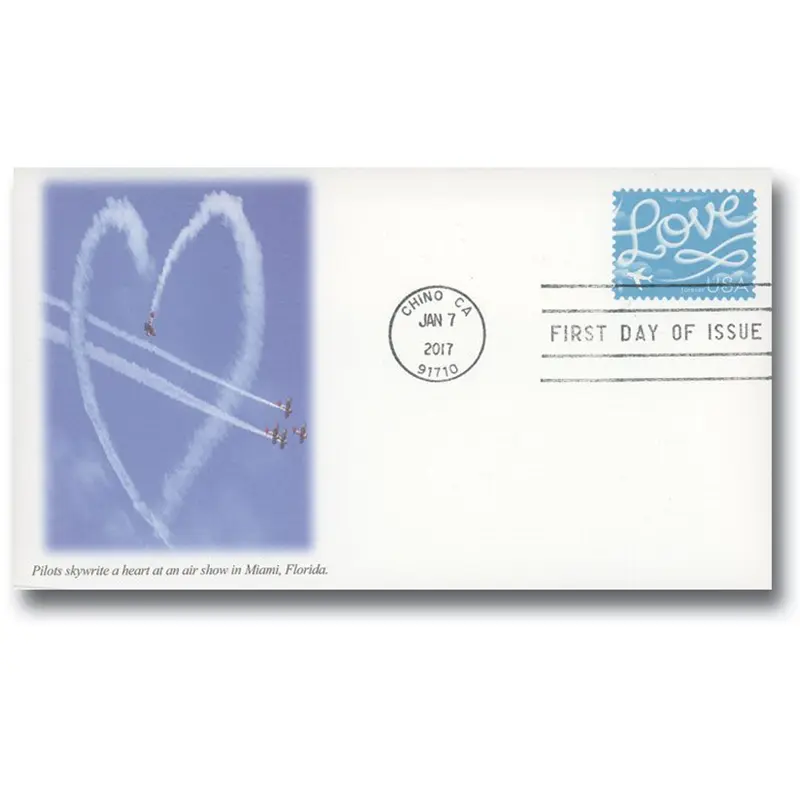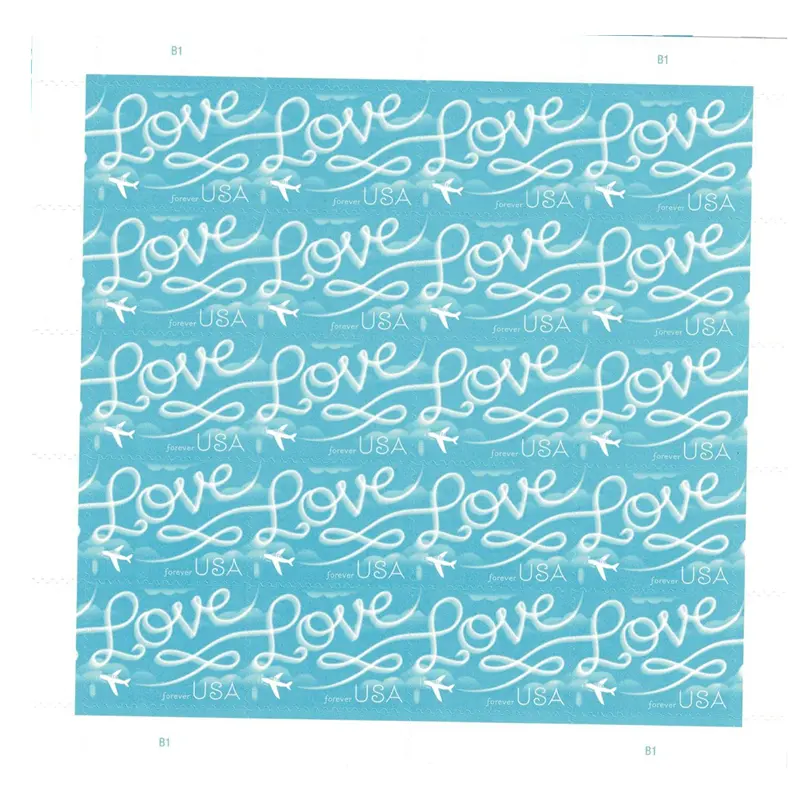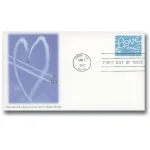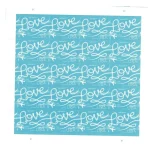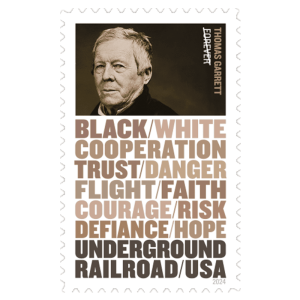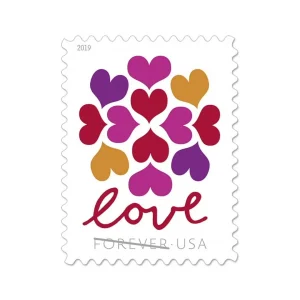Skywriting has been amazing people with its beauty and mystery since the early 1900s. It was first used by British Royal Air Force pilots to send messages to the ground when other communications failed. It then became an advertising tool for companies like Pepsi. In more recent years, people have hired skywriters to write personal messages to loved ones.
There are two types of skywriting: traditional and skytyping. Both forms feed paraffin oil through the plane’s exhaust to create a trail of white smoke. In traditional skywriting, the release of oil is controlled by a switch in the plane’s cockpit. For skytyping, a computer controls when the smoke is released.
Traditional skywriting requires a specially trained pilot. They create a detailed flight plan with the letters written in reverse. Each maneuver is precisely timed so the message is legible on the ground. Skytyping is faster and easier, but less elegant. Five planes fly in parallel lines, releasing puffs of smoke to form the message. Unlike traditional skywriting, skytyping consists of broken dots instead of solid lines.
Today, people stop in their tracks to watch skywriters at work. Whether it be a simple advertisement, personal message, or even a marriage proposal, skywriting is a rare and awe-inspiring art form. It brings joy and wonder to all who witness it and lends a little magic to the everyday.


